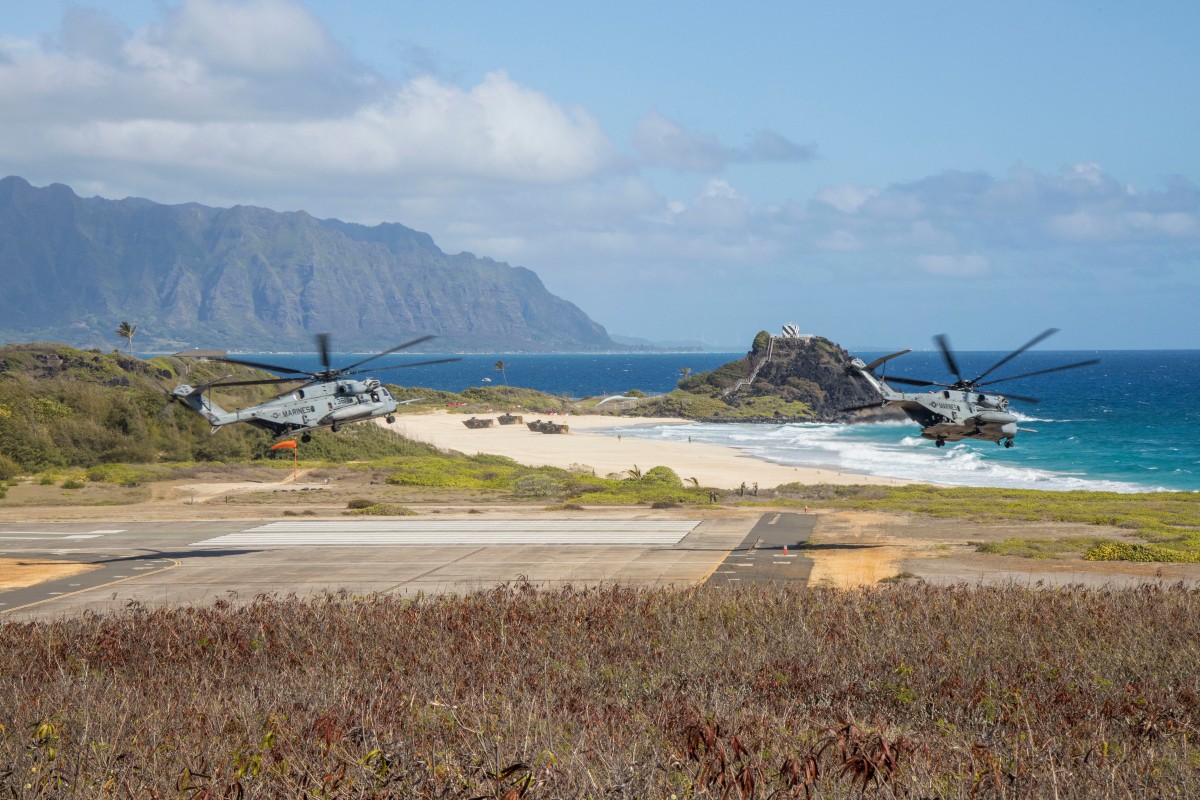The Effectiveness of Armoured Vehicles in Urban Warfare Conditions
Source: Defence Science Journal – Jan 21
The ever-increasing urbanisation of the world presages urban warfare as an enduring mission for land power in the future. This also drives the requirement for the effects that are presently only delivered by armoured vehicles in such an environment – direct firepower, protection, mobility and secure mobile nodes. To that end, the author utilises data from nearly 700 attacks in urban areas of Syria and Iraq to determine critical design features for armoured vehicles across five areas:
- structure,
- ballistic protection and armour,
- self-defence and weapon systems,
- situational/peripheral awareness and command, control, communication, computer, information and intelligence capabilities, and
- systems and integrated warfare systems.
An interesting recommendation is that the push for all-in-one concepts should be discarded and specialised designs adopted. This tends to be the lesson of war, that generic designs morph into dedicated platforms, but there is an associated cost in complexity and money for a peacetime military to absorb. While the Australian Army of 2035 will have levels of mobility, firepower and protection unmatched in its history, there likely will still be the need to rapidly design and generate unique equipment that can fight and survive in areas of significant complexity.
Related:
‘Recon and Security in the Urban Fight’, ARMOUR, Fall 2020
‘Taiwan’s Tanks Blend Into Urban Scenery Disguised As Diggers And Scrapheaps’, Forbes, 05 Nov 2020
‘Russia’s Urban Warfare Tech’, Modern War Institute, 18 Sep 20
Rethinking the Role of Remotely Crewed Systems in the Future Force
Source: Center for Strategic and International Studies – Mar 21
Remotely crewed platforms are essential to Army’s future concepts, as evidenced by the raising of the Robotic and Autonomous Systems Implementation Coordination Office and the significant funding boost for such platforms under FSP 20. While these ideas are new for ground forces, various air forces – including Army Aviation – have been operating with remotely crewed vehicles for years. This offers significant opportunities for comparing how the theory of integrating uncrewed platforms equates to practise; an issue that Todd Harrison explores in this article. While heavily USAF focused, there are interesting observations that may upset existing assumptions. Of note:
- Uncrewed systems still require roughly similar amounts of workforce to support; just in different areas
- Training for uncrewed operators should be separate from crewed platforms, allowing greater throughput
- The demand for crewed platforms does not decrease with an increase in uncrewed options
- Autonomy needs to be considered for times humans are not required to be in the loop; low latency communications are needed for when they are
- Reorganising units into larger, uncrewed organisations may offer significant benefits in training and fighting, despite our focus on distributing assets across traditional organisations, and may be essential for actually progressing the capability.
Related:
‘The Global Transition to Remote and Autonomous Operations’, Hydro International, 15 Jan 21
‘Network-Centric Warfare: Can Europe be ready?’, Wavell Room, 21 Dec 20
‘UGVs are coming, but can they replace tanks?’, Global Defence Technology, 02 Dec 20
‘Autonomous weapon systems for the land domain’, The Cove, 08 Oct 20
Towards a Quantum Internet: Post-pandemic Cyber Security in a Post-digital World
Source: Survival – 10 Feb 21
Quantum theory is a complex theory that simultaneously offers complexity and answers. Technologies based in this theory exploit the fundamental laws of nature to reach the ultimate limits of sensing, imaging, communications and computing, and thus promise otherwise impossible capabilities. When combined with other disruptive technology the possible opportunities become nearly infinite, with corresponding risk and opportunities. This article discusses one aspect of quantum technology: securing the increasingly widespread use of data networks. While there is a lot of public discourse on the ability of quantum computing to penetrate all existing cryptography; here David Gompert and Martin Libicki take the opposite view – using quantum technology to generate secure and responsive networks. Their view is Western nations have little choice than to pursue this based on the simultaneous increase in State-sponsored attacks, and COVID-19 pushing work away from workplaces. Critically for Australia, Gompert and Libicki’s arguments that while the US can lead, they should build a consortium of allies (including us) lend weight to our increasing exploration of this field and what it can offer – or challenge – us with.
Quantum Computing’s Cyber-Threat to National Security
Source: PRISM – 2020
While quantum technology has great potential, it also brings significant strategic risk. With appropriate quantum technology for instance, all cryptographic systems can be broken, allowing a hostile actor access to everything from military communications to simple bank transfers. For the West, who have traditionally held a practical lead in signals intelligence and secure communications, this would be nearly unprecedented. The ability to read the other side’s electronic communications was critical in facing Germany and Japan in the 1940s, the Soviet Union through to the 1990s and Al Qaeda in the 2000s. Complicating this is the fact that recordings can be made now and cracked later. With this in mind, quantum risks and opportunities are present now; not in some indeterminable future. For the Australian Army, this is one field we cannot afford to leave to others – we must be involved to ensure our material and personnel remain capable of fighting and achieving missions.
Related:
‘Pentagon Trying to Manage Quantum Science Hype’, National Defense, 10 Dec 20
‘Quantum Technology: An introduction’, Land Power Forum, 28 May 20
‘Quantum Sensors: A Revolution in the Offing?’, Optics and Photonics, Sep 19




